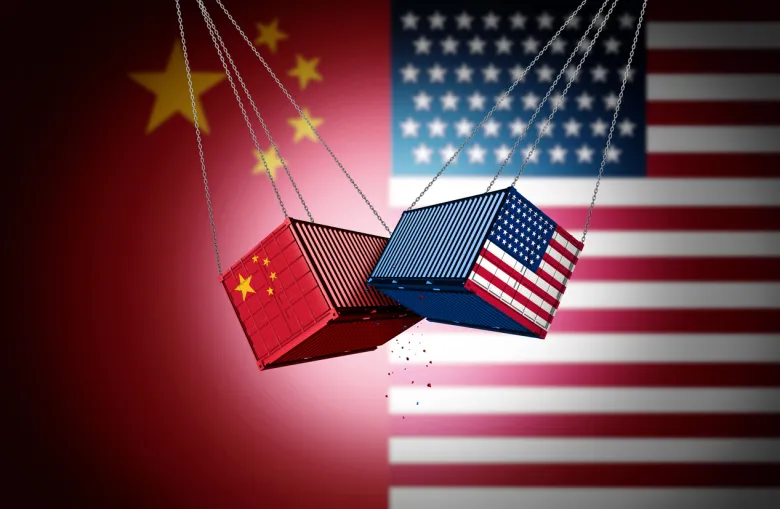
What Is SEO And Its Types?
Have you ever searched for something on Google? Maybe you looked for a tasty pizza place, a fun game, or help with your homework. When you typed your target words on Google, it showed you a list of websites. You might be wondering how Google knows which site to show you first. Well, this is where SEO (Search Engine Optimization) excels. It is a smart way to make websites easier to find. A website with good SEO shows up higher on the list of Google. This way, more people are able to see it. Let’s learn about what is SEO and its types in this crucial article ahead! What is Meant by SEO? SEO helps websites show up higher when you search on Google, Bing, or Yahoo. You can better understand it by thinking of it like a race. For instance, websites with the best SEO come first. This allows you to find a specific site very easily. You might not know, but search engines make use of robots to read websites. Adding more to this, they also check the words, pictures, links, how fast the page loads, and how many people like it. Good websites get shown at the top of the list fast. If you also want to take your online business to new heights, have a strong grip on SEO. The Key Types of SEO You Should Be Aware of Here is a breakdown of the main types of SEO you should know. Let’s have a look at it in detail! On-Page SEO On-page SEO helps make each web page better so that it can show up higher on Google. It uses things like good writing to help people and search engines find and enjoy the page more easily. Off-Page SEO Off-page SEO means creating a site popular outside its pages. It includes getting links from other sites and sharing on social media. This is the best way to get more visitors to a website. Technical SEO Technical SEO makes sures a site works well for both people and search engines. Generally speaking, it helps a website load fast, be safe, be easy to use on mobile phones, and be organized. Local SEO Local SEO uses elements, such as Google My Business, local keywords, and reviews, to make your store easy to spot. This, in turn, helps more local customers visit and trust your business. E-Commerce SEO E-commerce SEO makes use of good product words, clear pages, easy links, and works well on phones. This lets more people visit, find what they really want, and buy things from the store. Video SEO The key elements of Video SEO are good titles, descriptions, tags, and captions to grab the attention. This makes videos easier to look for while helping more viewers watch and like them. Image SEO Image SEO allows the pictures of a website to get found by Google easily. Using clear file names, descriptions, and small file sizes are the leading ways to make images load fast and easy to see. International SEO International SEO makes sites show up in searches from people in different countries. It makes use of special tags and local languages to ensure everyone can find and understand the website. Voice SEO Voice SEO excels when people use voice assistants like Siri or Alexa. It uses natural, talk-like words to make it easier for people to find while helping your business grow with new visitors. YouTube SEO YouTube SEO means making your videos easy to find on YouTube. You use good titles, tags, and descriptions so more people can watch and enjoy your videos. You must know this type of SEO. Social SEO Social SEO uses social media to help sites show up better on Google. When people like, share, or talk about your website on social networking platforms, it can make your site even more famous. Content SEO Content SEO makes words on a website easy to find on Google. It lets people look for the site by using simple, clear words and good titles. Be sure to have good content SEO for better results! Wrapping It Up Knowing the different types of SEO helps websites get more visibility online. Each part of SEO is important and works together. When writers and website owners use all these types, more people can find their site. This brings more visitors and helps the website grow. In a busy online world, good SEO can make a huge difference and help a site stay strong and do well over time. Hopefully, you have a clear idea of Search Engine Optimization by reading this post, and how it is very important. It can pave the way to success for your online business. So, the next time you think of creating a site, it is recommended to understand each type first to get the best results.









